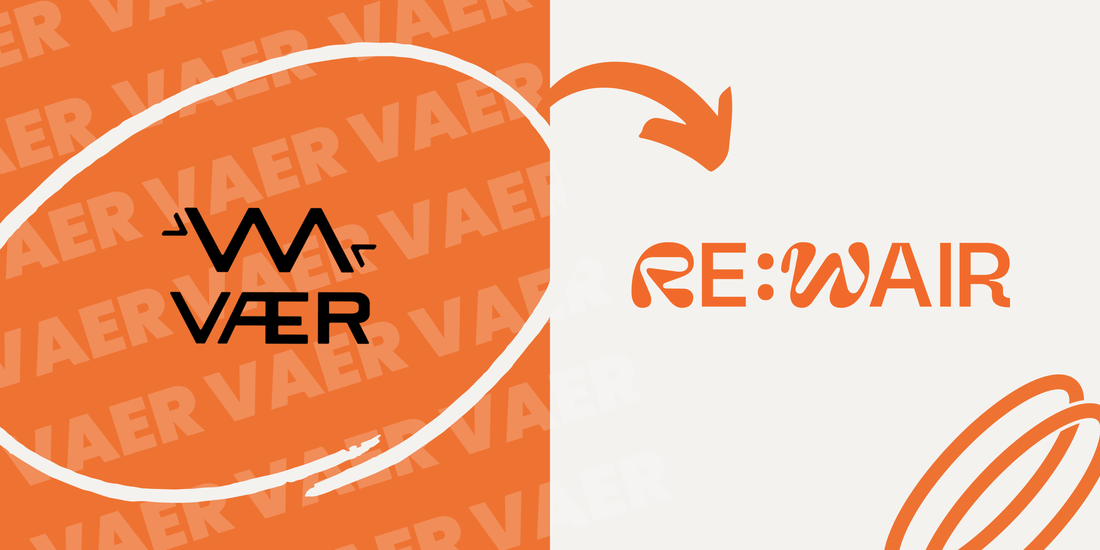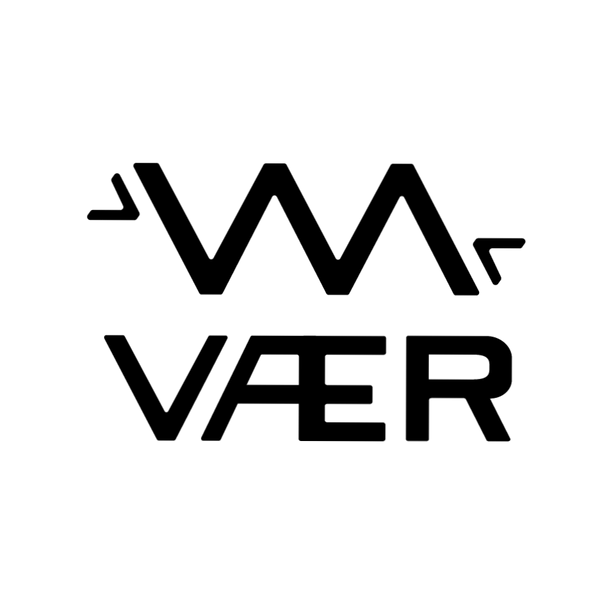
VAER and Re:wair – what is the connection?
Share
You might have seen or heard us mention Re:wair before? We call Re:wair our sister organisation, but who is Re:wair and how is Re:wair and VAER connected (apart from the fact that the names sound a bit alike)? In this blogpost we will go in depth with the story of how Re:wair was created when VAER was divided in two.
Two different approaches to textile upcycling
A business model with two legs – that was how we described VAER in the beginning (back then we were called Wair just to make it even more confusing). As a part of my thesis, I had written about how scalable textile upcycling could be achieved in different ways. One of them being fitting discarded textiles into existing mass-manufacturing production methods, the other – through consumer involvement. Involving the consumer in the actual production process means, that through e.g. a workshop set-up, the customer can be a part of making their own upcycled product.
So when VAER was finding production partners in Portugal and designing the upcycled sneakers – we were also hosting upcycling workshops at our local library on Amager. There weren’t sewing machines enough for more than around 8 people per workshop, but the workshops were almost always full and we had such a fun time hosting them.
After just a few workshops, we saw a huge potential in teaching people how to use the sewing machine, getting them familiar with textile waste, creating awareness about the issues – and giving them an actual tool (upcycling) to fight these issues with.

The division of VAER – and the beginning of Re:wair
As the upcycled sneakers had their debut with the crowdfunding campaign, time started becoming a more and more limited resource for us. Our mentor Tim was good at telling us, that we had to keep focus – which meant that we had to make some hard decisions regarding the workshops. Because I loved the workshops and the difference I could see they were making, it was difficult to let the workshops go.
While struggling with continuing hosting workshops while also building an upcycled sneaker brand, I had a meeting with one of our good friends Julie, who is working at Norion (a super cool sustainability consultancy). She recognized the potential in the workshops and saw an even greater opportunity—why not expand and make it something bigger?
So while Re:wair is now a separate entity from VAER – we still share the same mission (fighting textile waste) and we are basically the same people in the core team (Helene, Emma and myself). For good reasons, we of course have to keep them separate and Re:wair of course can’t promote VAER. However, VAER can promote Re:wair just as much as we want, which is why you see us promoting events from our sister organisation Re:wair on our social media channels from time to time 😊
So what does Re:wair do?
When we have to explain Re:wair, we often say: "Re:wair is a movement saving clothing from going to waste through funny and engaging events, tools and activities. Re:wair inspires and provides knowledge, which can motivate to action - because via action and hope, we can create a greener future!" To simplify, Re:wair has been created with the purpose of fighting textile waste (just as VAER).
As you can hear, this is a bit broader from just workshops, which was the starting point of Re:wair. We still do a lot of upcycling workshops, but we also do events such as clothes swaps, and then we have created a Craftivism universe, where you can find lots of cool guides – e.g. on the coolest second hand shops in Copenhagen, and how to sew a bag from a shirt. We have even created three upcycling challenges and a Craftivism Festival, so a lot is happening in Re:wair.

PICTURE: Fashion shows from Re:wair's upcycling challenges (left: 2022 with Europcar textiles, right: 2023 with Red Cross non-reusable shirts)
If you are curious to read more about Re:wair, you can find our webpage here and our Instagram here.
